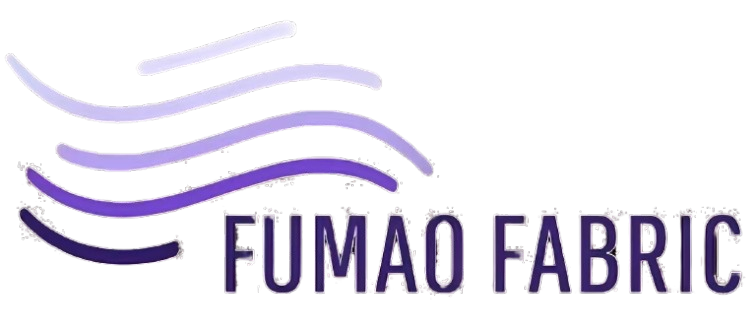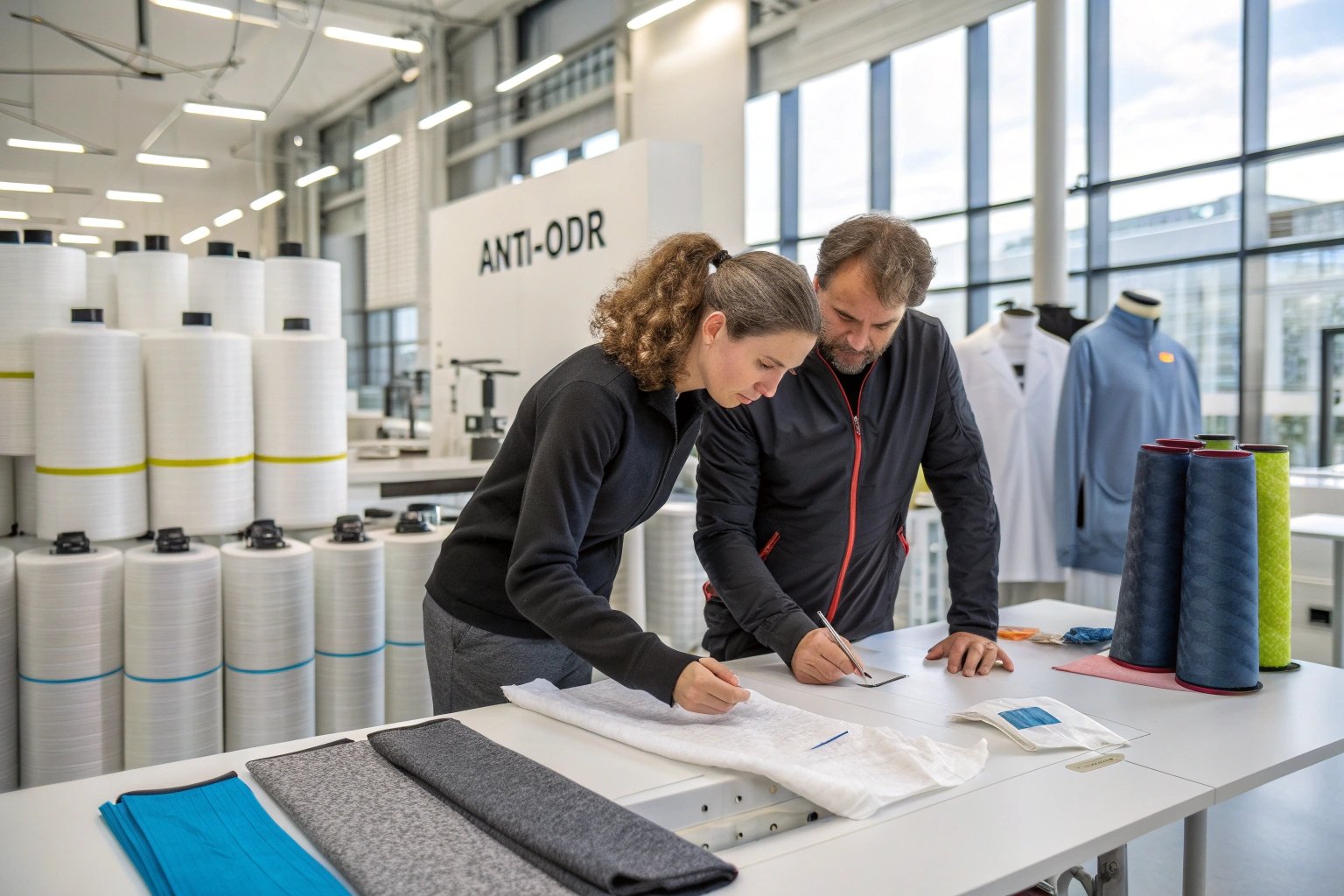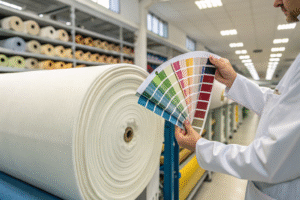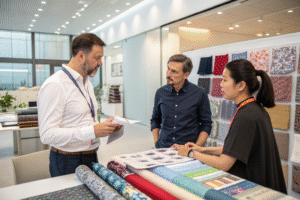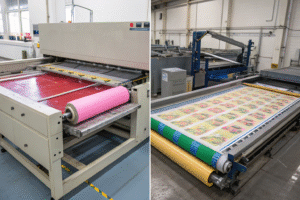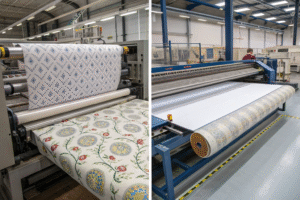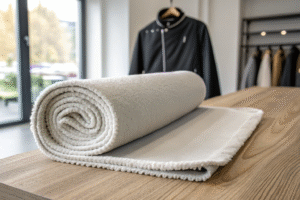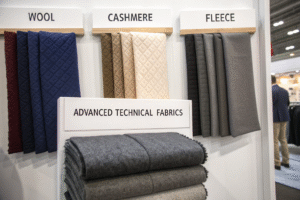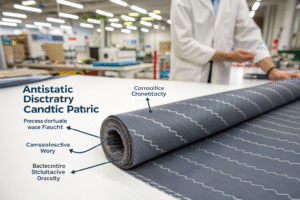Odor control is a game-changer in athletic apparel. Whether you're a sportswear brand or a performance-focused fashion startup, finding the right anti-odor treated fabric can set your products apart. But where can you reliably source these technical textiles—and what should you look for?
You can find anti-odor treated fabrics through certified performance textile suppliers in China, India, the US, and Europe—especially those offering silver ion, zinc, bamboo charcoal, or bio-based treatments on polyester, nylon, and modal blends.
At Fumao Fabric, we help brands integrate odor-fighting properties into breathable, moisture-wicking fabrics—perfect for leggings, shirts, and training gear. Here’s everything you need to know about sourcing these high-performance fabrics effectively.
What Makes a Fabric "Anti-Odor"?
Not all "performance fabrics" are created equal—especially when it comes to odor resistance.
Anti-odor fabrics are typically treated with antimicrobial agents that inhibit bacterial growth, the root cause of odor from sweat.
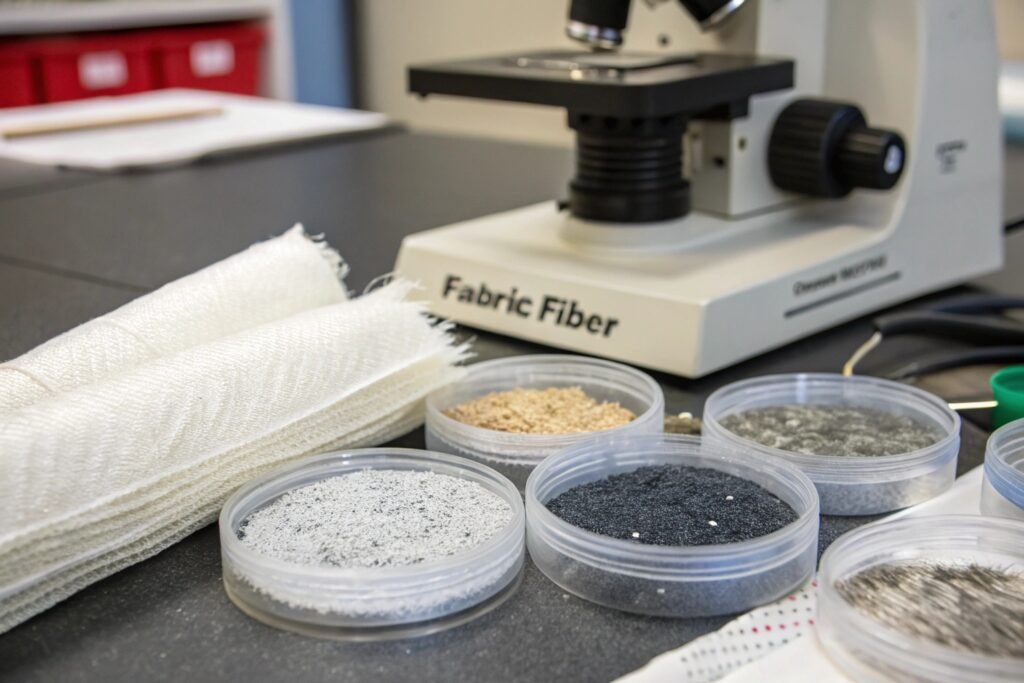
What Are the Common Odor Control Technologies?
-
Silver Ion Treatment: Embedded silver ions destroy odor-causing bacteria. It’s widely used in high-end performance brands. Learn more about Polygiene® and its global standardization.
-
Zinc-Based Finishes: Similar to silver but more cost-effective. Often used for underwear or yoga apparel.
-
Bamboo Charcoal & Activated Carbon: Natural alternatives that trap odors. Good for eco-conscious brands.
-
Chitosan-Based Solutions: A biodegradable finish derived from shellfish, now applied to textiles.
Is Anti-Odor the Same as Antibacterial?
Not always. Many antimicrobial fabrics do help with odor, but not all are durable to multiple washes. It’s important to ensure that the treatment lasts at least 30–50 laundry cycles, especially for consumer use.
Which Fabrics Are Best for Odor-Control Activewear?
Choosing the right base fabric is as important as the finish itself.
Polyester-spandex, bamboo viscose, modal blends, and nylon meshes are excellent substrates for anti-odor treatments, combining stretch, breathability, and sweat-wicking properties.
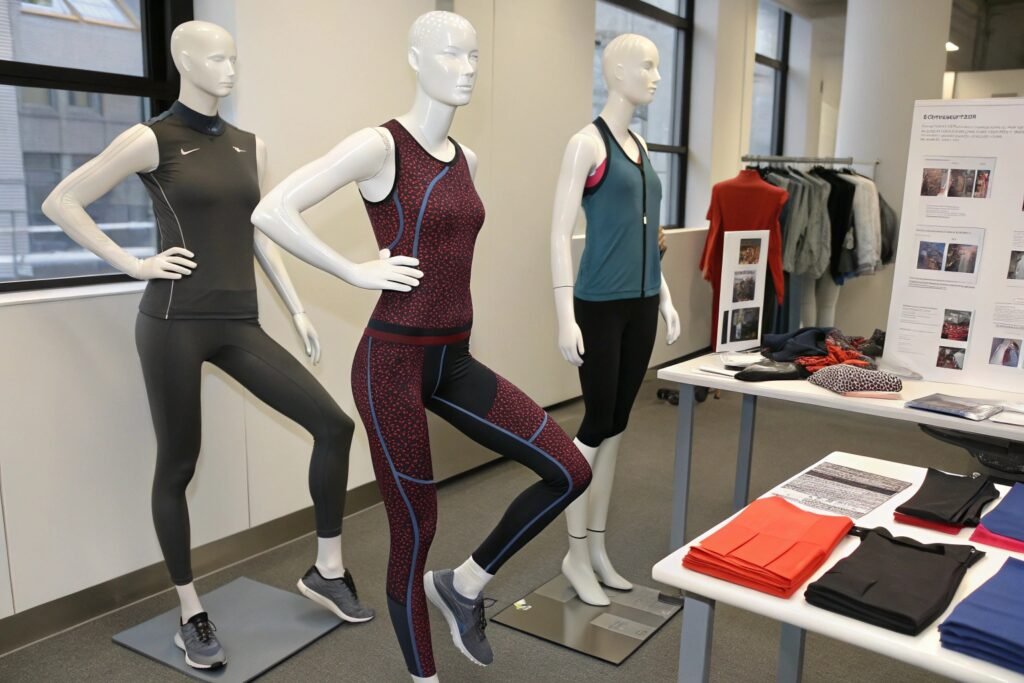
What Fabric Blends Work Best?
- Polyester + Spandex (85/15 or 90/10): Most common for gym tops, yoga sets, and compression wear.
- Nylon + Elastane: Softer hand-feel with high stretch—ideal for cycling, running.
- Modal + Lycra: Eco-friendlier, high drape and softness. Works great for lifestyle sportswear.
- Bamboo Rayon: Natural odor resistance, preferred by many eco brands.
Use certified bases from mills offering OEKO-TEX or bluesign® compliance to guarantee low-toxicity chemical use during finishing.
How Does Weight and GSM Matter?
Lightweight meshes (~120–160 GSM) are ideal for inner layers or training tanks. Midweights (180–240 GSM) work well for leggings or fitted tops. Anti-odor treatments should not alter stretch or breathability—so always request performance test reports.
Where to Source Anti-Odor Fabric in China?
As China’s textile capital, Keqiao has become a hotspot for technical fabric development.
Top suppliers—including Fumao Fabric—offer ready-to-finish greige goods and custom-treated performance fabrics in small and large MOQs, often with 3–7 day sampling cycles.
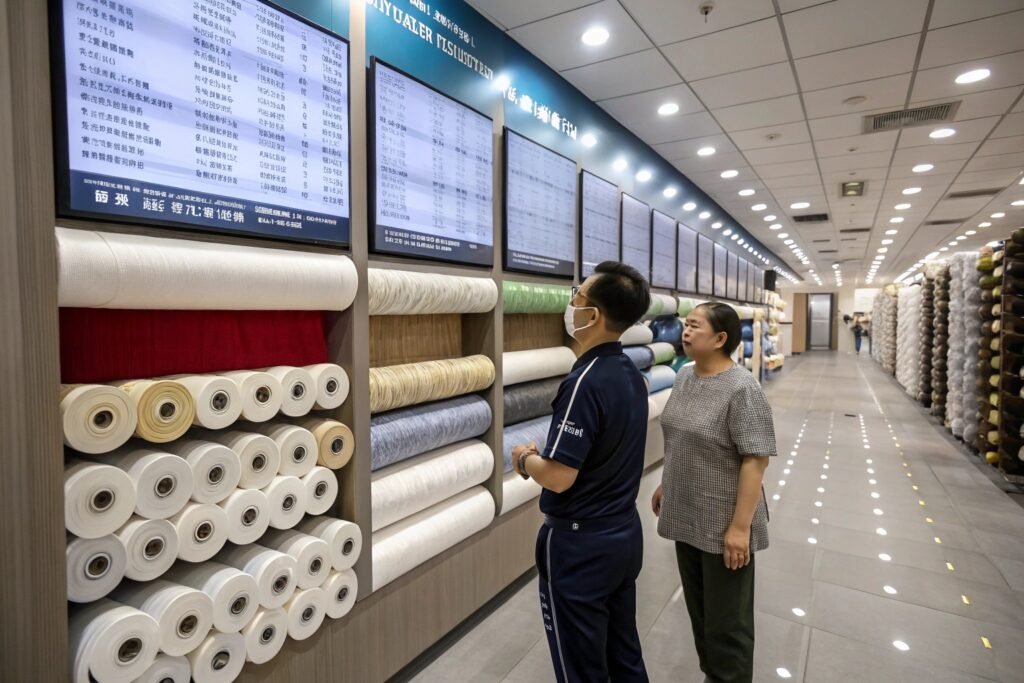
What Makes Fumao Fabric Different?
At Fumao, we offer:
- Silver and zinc-based treatments certified for durability (tested to 50+ washes)
- Low MOQ (300m per color) for functional fabrics
- Lab-tested performance metrics, including odor retention, pH, and colorfastness
- CNAS-accredited in-house QC and QR code tracking for every batch
Our team also helps with blending moisture-wicking, UV resistance, and odor control into a single fabric.
Are Chinese Mills Competitive on Pricing?
Yes. Compared to European or American mills, Chinese suppliers can offer up to 30–40% cost savings on functional textiles without compromising performance—especially if you work with vertically integrated suppliers. Use platforms like Global Sources or direct factory outreach via LinkedIn and trade shows.
What to Ask Before You Place an Order?
Before committing to production, ask the right technical and commercial questions.
Request test data, finishing durability, MOQ terms, and clarity on export logistics—especially for US/EU shipments requiring REACH or Prop 65 compliance.

What Lab Tests Should You See?
Request test reports for:
- Antibacterial efficacy (ISO 20743 or AATCC 100)
- Odor retention tests
- Tensile and stretch recovery
- Colorfastness to washing and perspiration
- Certification for chemical safety, such as OEKO-TEX or REACH
These give your product team confidence and help with marketing claims.
What About MOQ, Lead Time & Logistics?
Standard lead time for custom treated fabric is 10–20 days. At Fumao, we provide:
- 48-hour lab dips
- 7-day sample turnaround
- Bulk MOQ starting at 300–500m/color
- Full-service FOB/DDP shipping to USA, EU, SEA markets
You can also ask if the factory supports drop-testing or pre-shipment inspection for added quality assurance.
Conclusion
Sourcing anti-odor treated fabric doesn’t need to be complex—if you know where to look. The key is to find a supplier that offers the right fiber + treatment combo, supported by lab testing, low MOQs, and flexible sampling.
At Fumao Fabric, we make this easy by offering full-package performance fabric solutions—including silver, zinc, bamboo, and chitosan-based odor control—along with fast sampling, low-volume entry points, and export-ready logistics. Whether you're launching an activewear brand or upgrading an existing line, we’re ready to help you scale odor-free.
